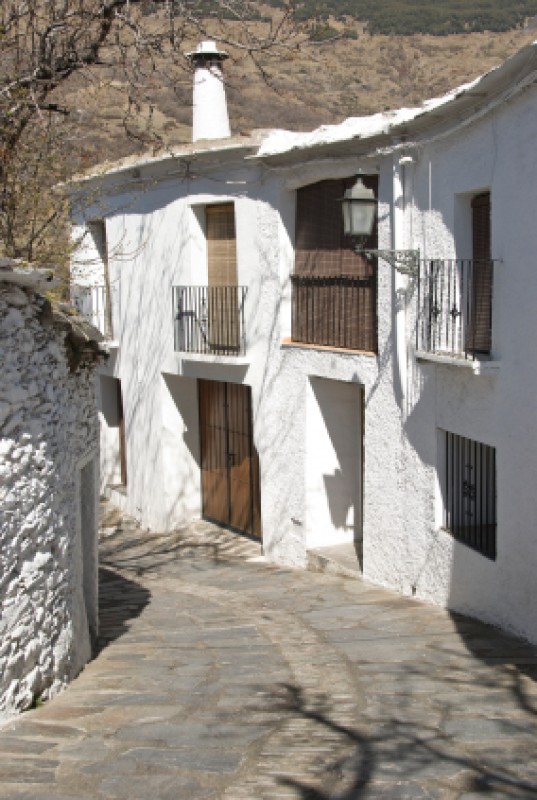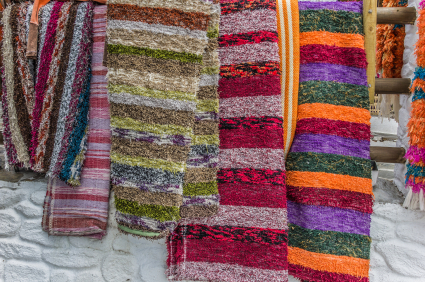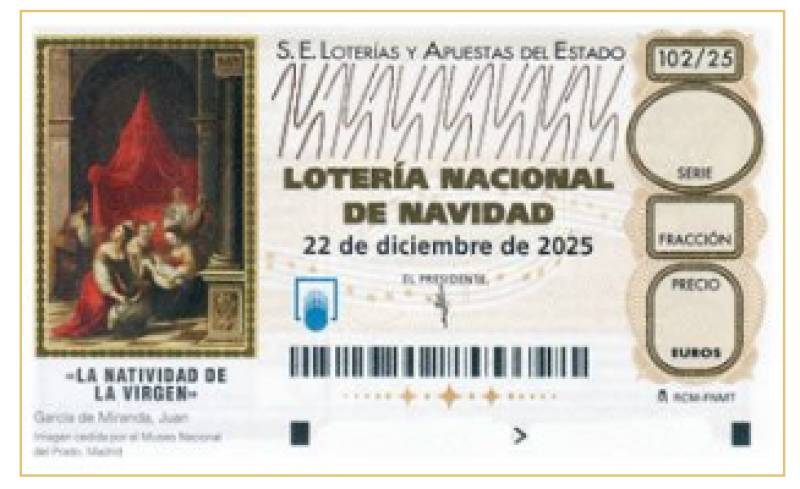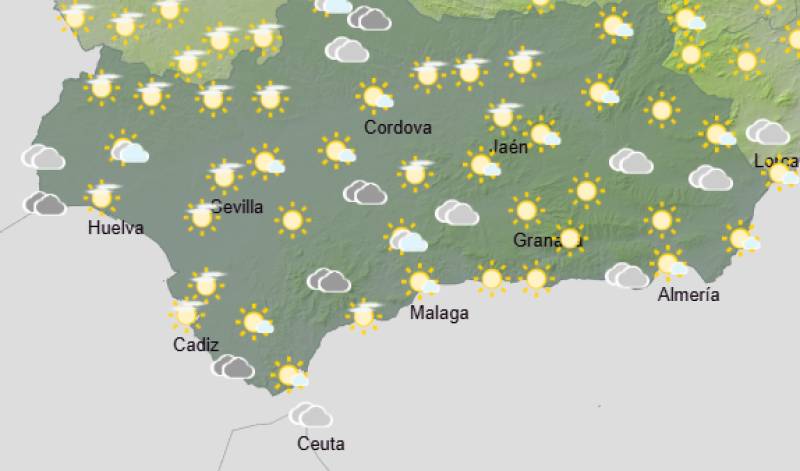- Region
- Águilas
- Alhama de Murcia
- Jumilla
- Lorca
- Los Alcázares
- Mazarrón
- San Javier
-
ALL AREAS & TOWNS
- AREAS
- SOUTH WEST
- MAR MENOR
- MURCIA CITY & CENTRAL
- NORTH & NORTH WEST
- TOWNS
- Abanilla
- Abarán
- Aguilas
- Alamillo
- Alcantarilla
- Aledo
- Alhama de Murcia
- Archena
- Balsicas
- Blanca
- Bolnuevo
- Bullas
- Cañadas del Romero
- Cabo de Palos
- Calasparra
- Camping Bolnuevo
- Campo De Ricote
- Camposol
- Canada De La Lena
- Caravaca de la Cruz
- Cartagena
- Cehegin
- Ceuti
- Cieza
- Condado de Alhama
- Corvera
- Costa Cálida
- Cuevas De Almanzora
- Cuevas de Reyllo
- El Carmoli
- El Mojon
- El Molino (Puerto Lumbreras)
- El Pareton / Cantareros
- El Raso
- El Valle Golf Resort
- Fortuna
- Fuente Alamo
- Hacienda del Alamo Golf Resort
- Hacienda Riquelme Golf Resort
- Isla Plana
- Islas Menores & Mar de Cristal
- Jumilla
- La Azohia
- La Charca
- La Manga Club
- La Manga del Mar Menor
- La Pinilla
- La Puebla
- La Torre
- La Torre Golf Resort
- La Unión
- Las Palas
- Las Ramblas
- Las Ramblas Golf
- Las Torres de Cotillas
- Leiva
- Librilla
- Lo Pagan
- Lo Santiago
- Lorca
- Lorquí
- Los Alcázares
- Los Balcones
- Los Belones
- Los Canovas
- Los Nietos
- Los Perez (Tallante)
- Los Urrutias
- Los Ventorrillos
- Mar De Cristal
- Mar Menor
- Mar Menor Golf Resort
- Mazarrón
- Mazarrón Country Club
- Molina de Segura
- Moratalla
- Mula
- Murcia City
- Murcia Property
- Pareton
- Peraleja Golf Resort
- Perin
- Pilar de la Horadada
- Pinar de Campoverde
- Pinoso
- Playa Honda
- Playa Honda / Playa Paraíso
- Pliego
- Portmán
- Pozo Estrecho
- Puerto de Mazarrón
- Puerto Lumbreras
- Puntas De Calnegre
- Region of Murcia
- Ricote
- Roda Golf Resort
- Roldan
- Roldan and Lo Ferro
- San Javier
- San Pedro del Pinatar
- Santiago de la Ribera
- Sierra Espuña
- Sucina
- Tallante
- Terrazas de la Torre Golf Resort
- Torre Pacheco
- Totana
- What's On Weekly Bulletin
- Yecla


- EDITIONS:
 Spanish News Today
Spanish News Today
 Alicante Today
Alicante Today
 Andalucia Today
Andalucia Today
Introduction to the province of Granada

Granada combines Mediterranean beaches, the Sierra Nevada ski resort, the wild beauty of the Alpujarras and the cultural riches of the Alhambra
The province of Granada lies within the region of Andalucia, and while it may not be the biggest, the richest or the most densely populated in Spain, nor does it boast a string of famous beaches or a Champions League football team, it is probably one of the best known and most representative of Spain’s history and culture.
Among the attractions for visitors without doubt the most important is the Alhambra in the capital city, with the Sierra Nevada in the centre and east of the province providing a stunning backdrop throughout most of the territory, which is home to almost a million people.
The mountains are among the highest in Europe, the Mulhacén peak reaching a height of 3,482 metres above sea level, and despite its location just twenty kilometres from the Mediterranean there is snow at the top almost the whole year round.
 Human settlers in Granada date back over a million years according to remains found in the north, and the Iberian people left the Dama de Baza statue, which pre-dates Christianity by 400 years, as testimony to their presence in the area. However, it was not until the arrival of the Moors from North Africa in the 8th century AD that the kingdom of Granada became one of the centres of power in Al-Andalus. It reached its zenith between the 13th and 15th centuries, and the magnificent Alhambra palace and Generalife gardens bear witness to the splendor of the Moorish city, in which Muslims, Jews and Christians lived side by side.
Human settlers in Granada date back over a million years according to remains found in the north, and the Iberian people left the Dama de Baza statue, which pre-dates Christianity by 400 years, as testimony to their presence in the area. However, it was not until the arrival of the Moors from North Africa in the 8th century AD that the kingdom of Granada became one of the centres of power in Al-Andalus. It reached its zenith between the 13th and 15th centuries, and the magnificent Alhambra palace and Generalife gardens bear witness to the splendor of the Moorish city, in which Muslims, Jews and Christians lived side by side.
The Reconquista ended in the expulsion of the Moors from Granada in 1492, the same year as Christopher Columbus’ voyage to the Caribbean, which had been planned in the Granada town of Santa Fe. The area then came under the control of the Crown of Castile, and it was not until 1833 that the province of Granada was formally recognized.
Although the province lies on the Mediterranean coast, the climate is not exclusively warm and sunny. The high mountain area covers a large percentage of the territory and has its own climate, while in the capital city and the west of the province the very hot summers are counterbalanced by cold winters. The north of the province is extremely dry, and it is only in the coastal area of the Costa Tropical that the weather is truly Mediterranean.

Here on the coast the towns are less developed than in neighbouring Málaga and Almería, and there is not the predominance of visitors from the north of Europe which characterizes other coastal regions of the country.
Between the coast and the high mountain peaks is the Alpujarra, an area consisting of the foothills of the Sierra Nevada. Here the majestic natural scenery is dotted with small whitewashed villages, where the narrow winding streets are a reminder of the Berbers who first built them and inhabited this region. Handmade rugs are still one of the most emblematic symbols of the Alpujarra, bright splashes of colour against whitewashed walls and the muted tones of dry mountainous landscapes behind.
When the Moors were expelled from Granada a few converts to Christianity were allowed to stay in order to instruct immigrants from other parts of Spain in the farming techniques which had been developed over the previous seven centuries, many of which (such as the water channels used to irrigate land) are still in use today. In the last fifty years the area has been popular with immigrants from the north of Europe seeking a return to rural ways of life, and although roads and electricity have now reached even the most isolated villages the essence of the area remains something of a throwback to a bygone age.
The gastronomy of the province shows the Arab influence in many of its facets, and among typical dishes are broad beans with the locally cured Serrano ham and gazpacho. The products recognized as having Denomination of Origin status include not only the fabulous Trévelez ham but also olive oils, honey, asparagus and custard apples: the variety speaks volumes for the culinary delights on offer!
The province’s 169 municipalities are grouped for administrative purposes into ten comarques: the Comarca de Huéscar, the Comarca de Baza, the Comarca de Guadix, Los Montes, the Comarca de Loja, the Vega de Granada, the Comarca de Alhama, Valle de Lecrín, the Alpujarra Granadina and the Costa Granadina.
Only 21 of the municipalities have more than 10,000 inhabitants, the largest apart from the capital being Motril and Almuñécar.
It is variety which ultimately characterizes this fascinating area of Spain, and which has made tourism the main contributor to the area’s economy. Visitors can stay in the prestigious Parador hotel inside the Alhambra palace or in a cave home in the foothills of the Sierra Nevada, enjoy seafood on the beach or boar meat in the mountains, and at some times of year can follow up a morning’s skiing with an afternoon dip in the Mediterranean. In few places are such extremes so closely juxtaposed, and the combination will continue to attract more and more people to the area.




















